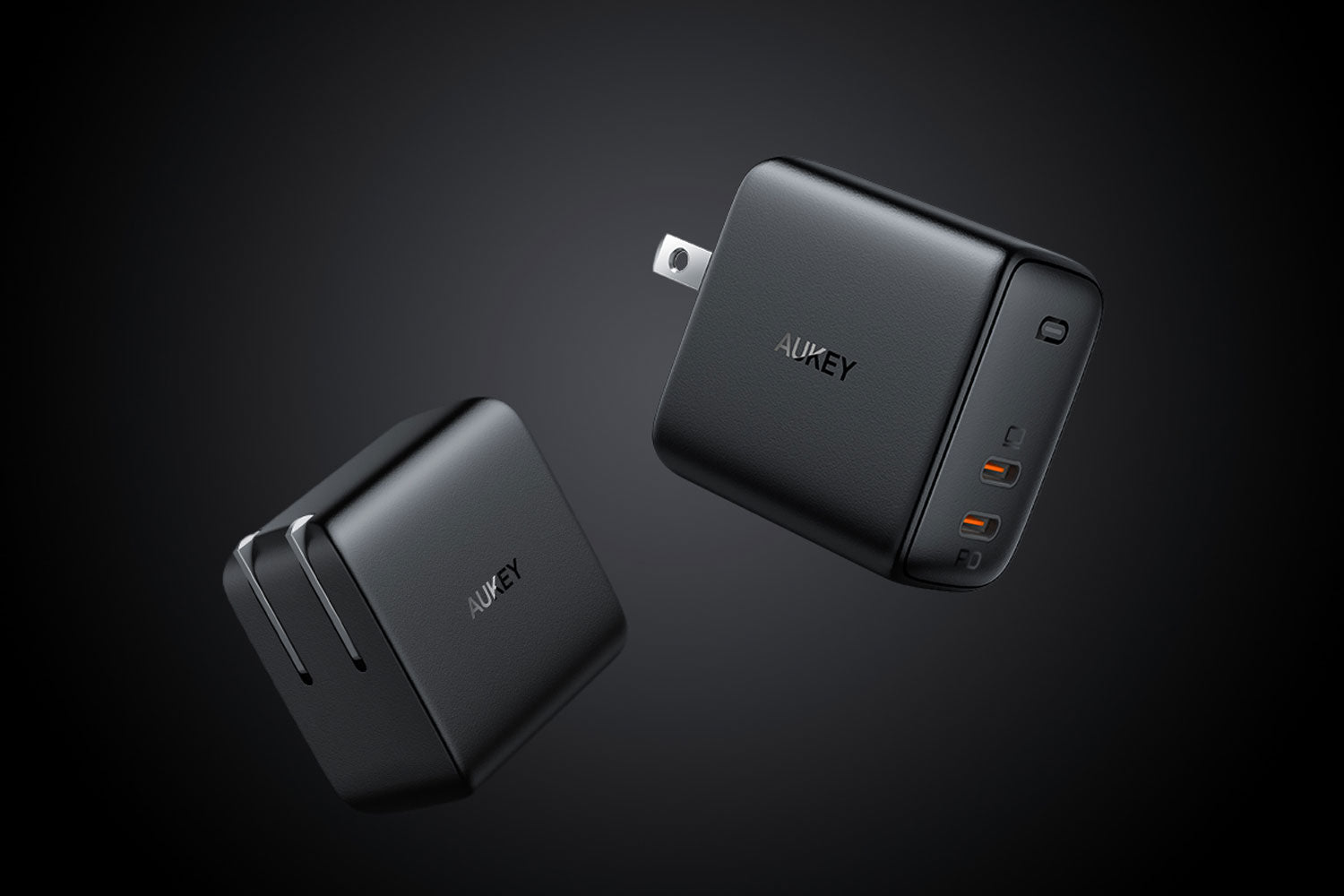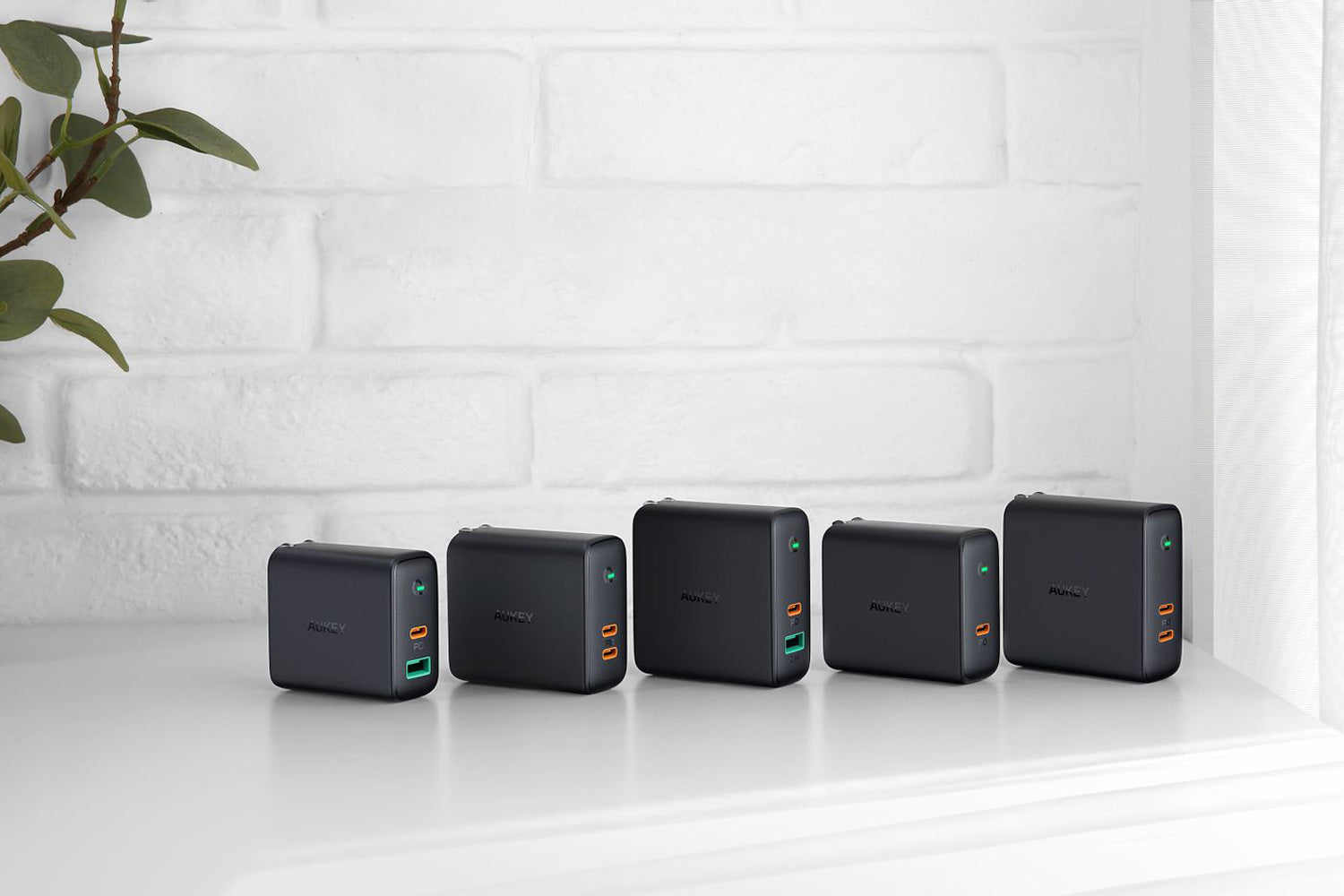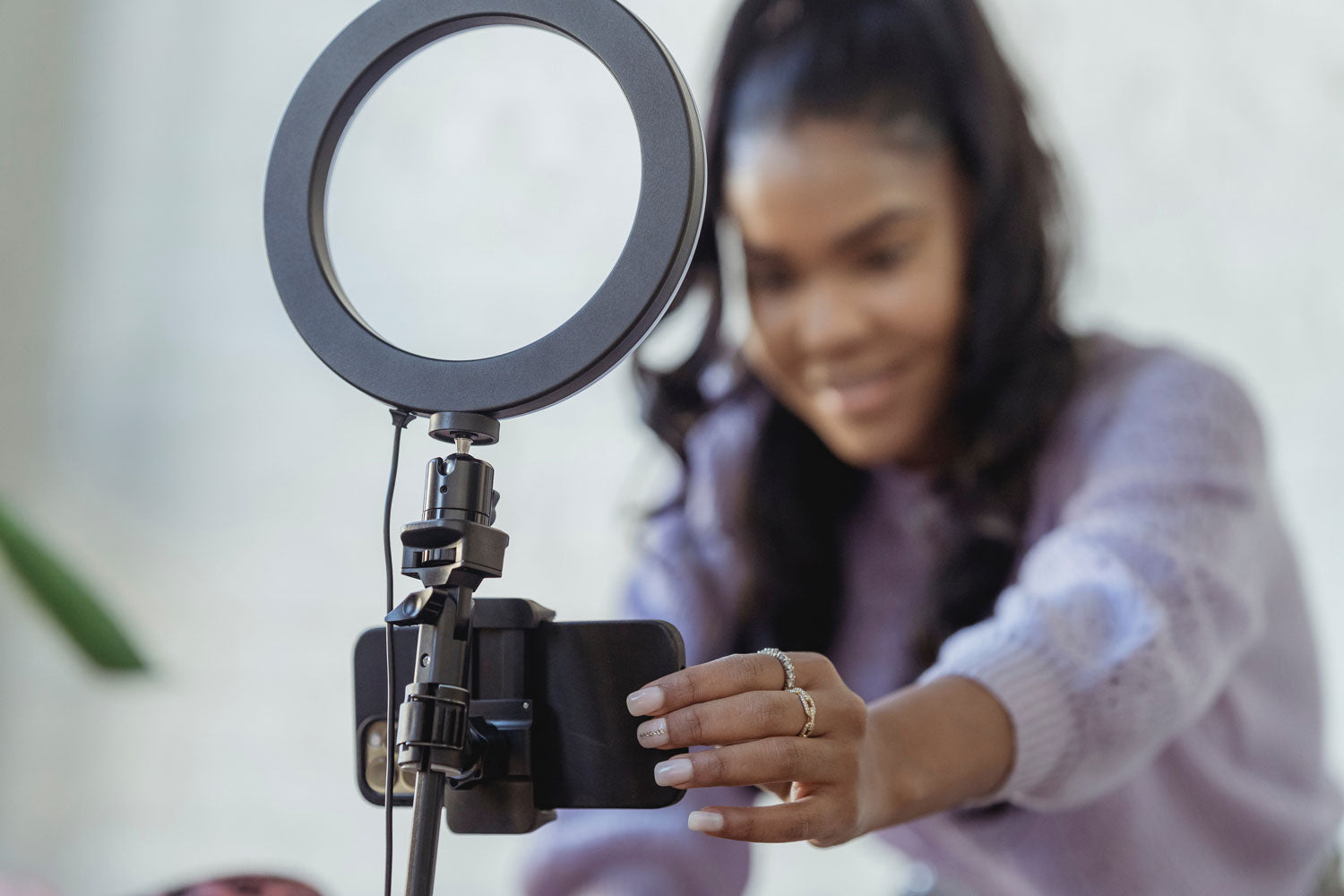If you charge anything, you are already familiar with USB charging. USB charging can be used to charge everything from cell phones to portable speakers, wireless headphones, portable fans, headlamps, and flashlights.
But the world of charging is in for big changes as a new mode of USB power delivery comes into play. Known as USB-C, this is a fast charging technology that is supported by a host of the newer class of iOS/Apple and Android, Google, and Samsung devices.
This blog looks at USB-C power delivery and how it is helping you charge your electronic gadgets faster than ever.
What Is Power Delivery?
Before we get into Power Deliver, as a review, let’s look at what USB is. USB stands for university serial bus. It is a standard industry plug and play device that establishes connections for cables and connectors and dictates how they connect, communicate, and deliver power to each other.
A USB cable is any cable that makes it possible to do this charging and connect devices to share information. There are numerous types of USB devices. Some of these include:
- USB Type A
- USB Type B
- USB 1.0
- USB 1.1
- USB 2.0
- USB 3.0
- USB 3.1
- USB 3.2
- USB Mini
- USB Micro
- USB Type C
- USB Micro B

Different USB adaptor types have come in and out of fashion over the years. The main difference between each one is the data speed that they allow.
A USB cable is made of four wires – if you slice one open, you will see a red wire (which is for the power source), a black wire (the ground wire), a white wire (this transfers data), and a green wire (which keeps the connection).
Power Delivery (PD) builds on this technology. It is a new tool that allows for faster and more flexible charging using USB-C. It leads to a more efficient charge and results in faster charging rates.
What Are the Benefits of Using PD Technology?
USB-C has recently emerged as the standard in USB connections, with many Macs and Windows laptops now using the interface and even some advanced automobiles including USB-C ports for fast charging of accessories on the go.
At first glance, a PD technology and USB-C connector look a lot like a micro USB connector, but when you look at it more closely, you start to see differences. The main one is that the USB-C connector is oval, with no top and no bottom. This contrasts with the micro USB connector, which has a defined top and bottom side, with the top wider than the bottom, meaning the connector has to be plugged in a specific way.

While USB-C ports have been common in phones for several years, the new era of USB-C Power Delivery dispenses with a standard USB connection at the wall or charger end and uses a USB-C type port at both the wall and unit, meaning the cable can be used in any way.
USB-C cables can come in a variety of generations, each with different rated peak speeds and a super speed designation. These variations can quickly become confusing. Currently, the fastest rated peak speed is USB 3.2 Gen 2x2, which has a rated peak speed of 20 Gbps, or 20 billion bits per second. All things being equal, a USB-C 3.2 Gen 2x2 is up to 20 times faster than a basic USB.
Does USB-C Really Charge Faster?
USB-C PD enables faster charging, more power, and safer use. USB-C PD can charge your device up to 70 percent faster than a standard 5-Watt charger, meaning that your phone, for example, may only need 10 or 15 minutes of charging to get several hours worth of use. Using a USB-C PD, for instance, you can charge a new Samsung S20 from zero to 50 percent in just 30 minutes. The same goes, for using a Lightning cord, with the iPhone 12, iPhone 8, and iPhone X.
But USB-C PD can do more than just power phones. With the right components, you can also now charge a laptop using USB-C PD – a welcome relief to anyone who has ever used a noisy inverter to charge a laptop while they drive.

Did You Know USB-C PD Can Provide Up To 100w of Power?
USB-C ports support USB-C Power Delivery, or USB-C PD, which is a new fast-charging standard that can deliver up to 100 watts of power to any device that is compatible with the new system.
To take advance of USB-C Power Delivery, you will need a:
- Compatible device: A USB-C PD-enabled smartphone, tablet, or another qualifying device
- Cable: A USB-C charging cable
- Charger: A USB-C PD-enabled wall or car charger
What Devices Will I Need?
- A USB-C PD-enabled smartphone or tablet
- A USB-C charge cable
- A USB-C PD-enabled wall or car charger
What Are the Current Devices that Support PD Technology?
A variety of devices support PD technology. Among them are the iPhone 8, iPad Pro, Google Pixel 5, Samsung Note 20, Samsung S20+, and others.
For years, AUKEY has been at the forefront of technical innovation, working closely with industry experts and manufacturers to create high-performing products that work as hard as you do. All AUKEY power delivery systems are engineered from the ground up to be safe, effective, efficient, and highly durable, because the last thing you need to be worrying about is your charging cables.



